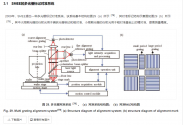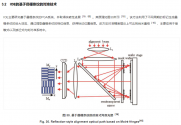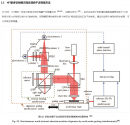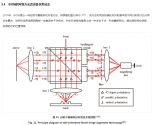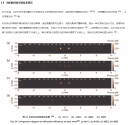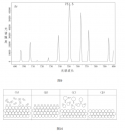I did watch the video, but I will admit 2 things here.
1. I do not really understand mandarin (crucify me, but that was the era I was raised in)
2. I try my best to read the subtitles, but my Chinese literacy is not great either. I skipped to the mPen, gaming performance, and display features.
I’m getting the sense that you are annoyed because of all the consumer facing features he brought out (ie HDR, gaming performance) are not so useful for a server, but I keep pushing that business. (ie. You think I am ignoring the work they are putting into these "consumer" features)
That being said I think we are on two different wavelengths here. I am not trying to create a quarrel or anything, certainly I have no insider information, just presenting some other perspective/point of view in the hopes for furthering discussion for everyone.
Again, I’m not saying they won’t develop GPU (just the opposite, they definitely will have and need a great GPU in the future) or have any consumer facing applications, just some of my feelings towards how things will develop.
They will still need a powerful GPU, why? Because they are actively developing HarmonyOS with in house kernel. Any modern OS will need a strong graphics layer using GPU acceleration to provide a smooth interface (yes I did see those mPen effects, which are an obvious appliction of GPU rendering). This is obvious for Phones/PC, but can't be overlooked for automobile applications as Huawei moves into that (think of how annoying slow scrolling maps are, or waiting for the climate control screen to show up). Other areas of growing importance, smart TV/entertainment, customer payment/service kiosks, digital signage, all can use a SoC with integrated modem to enable remote applications and strong GPU to provide better customer experience.
All that said, I still stand by my point that a *discrete* GPU for consumers is probably something that Huawei is not heavily leaning into.
Pulling out all the stops to have the best product, but if you are losing 25% battery life (to make space for cooling), then do you really have the best product?
Another consideration, is there enough capacity to fab both CPU and GPU at 7nm? If this capacity doesn’t exist, then discrete GPUs in these applications becomes moot.
Huawei held their cards until Mate 60, so I would say yes, they are willing to cede market share than put out crap. If they unleash a flood of crap, their name would be ruined. The Mate 60 showed that their technical excellence can overcome obstacles put into place by the most vindictive government on the planet. I don't think they would accept crap battery life or an ugly form factor to accommodate a discrete GPU. If that is the only way for the near future, then I imagine they will look into exotic cooling or improved battery chemistry/packaging. Which breakthroughs will come first? (I honestly think fabrication would be)
I think you missed by point on Kaby Lake-G. Kaby Lake-G was on 14nm+ (the first of many Intel pluses before it became a joke). My point is actually that Huawei doesn't need top performance or discrete GPU performance for laptops because most people don't need/care about it, and therefore won't pay for it. They could probably make a Kaby Lake-G type chip at this point with 7nm and probably have at least good 1080p gaming performance, but is there a market for this? Chinese gamers that are highly patriotic, but don't want the highest performance possible? Also, don't forget the history of Kaby Lake-G, it was a last ditch attempt to keep Apple with Intel, by boosting up GPU performance while keeping within the 65W TDP of the MacBook Pro (released 2018). In the end, Apple never went for it, because they had M-series around the corner (released 2020).
Conversely, what is the market for a Huawei business laptop with fully integrated 5G modem for always on connectivity and just good enough GPU to provide a smooth user interface?
I hope this is constructive discussion for everyone.

